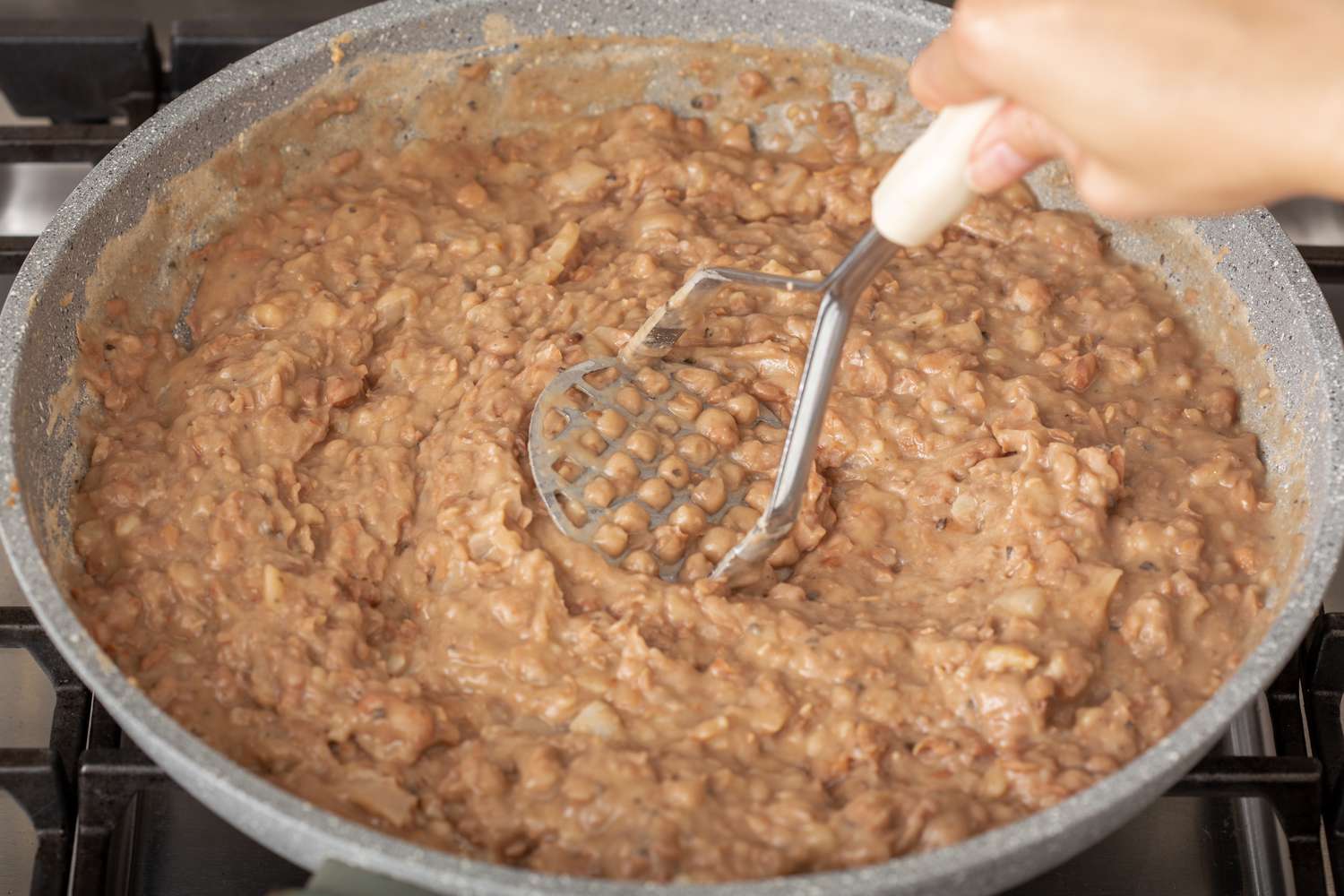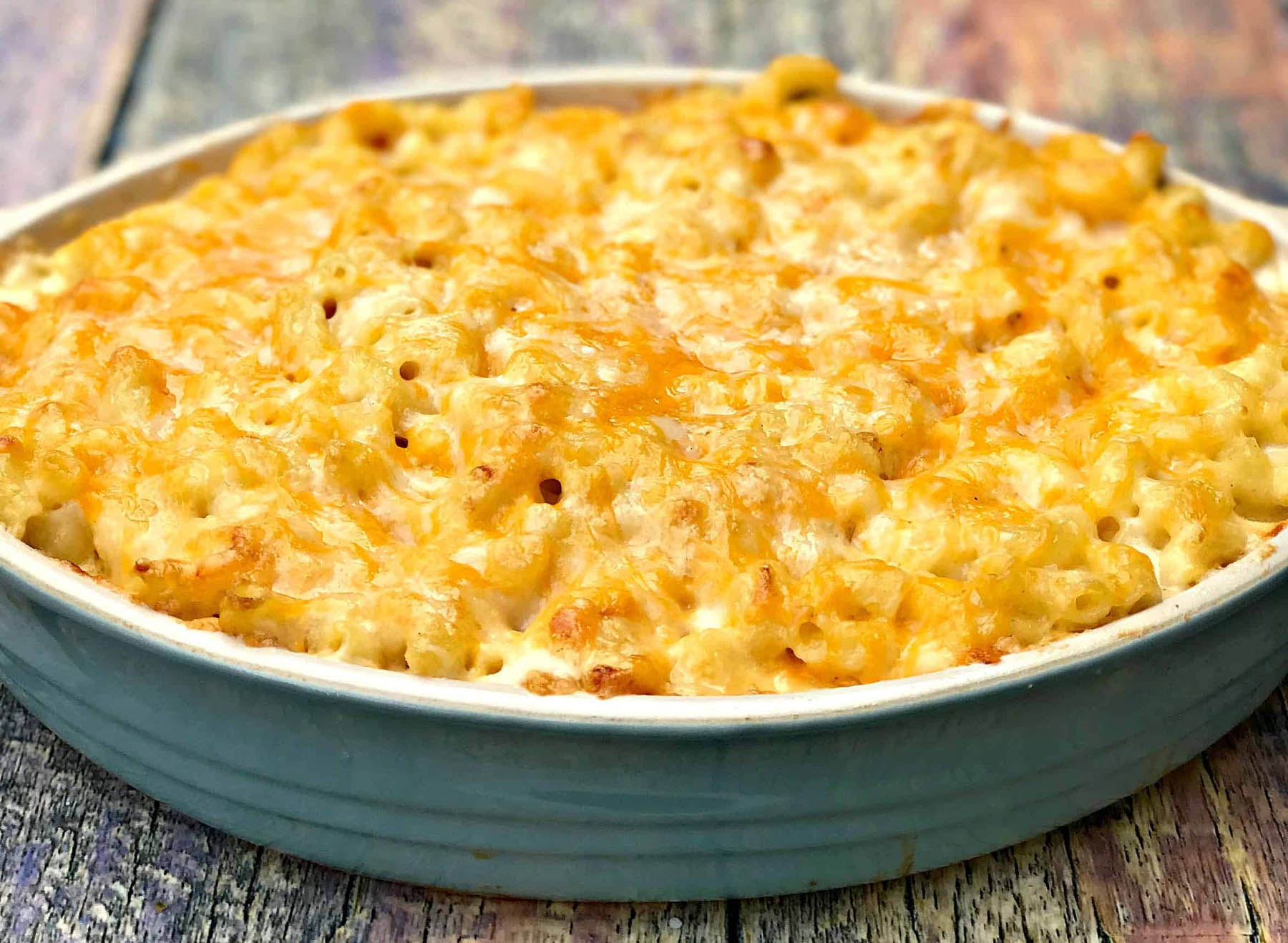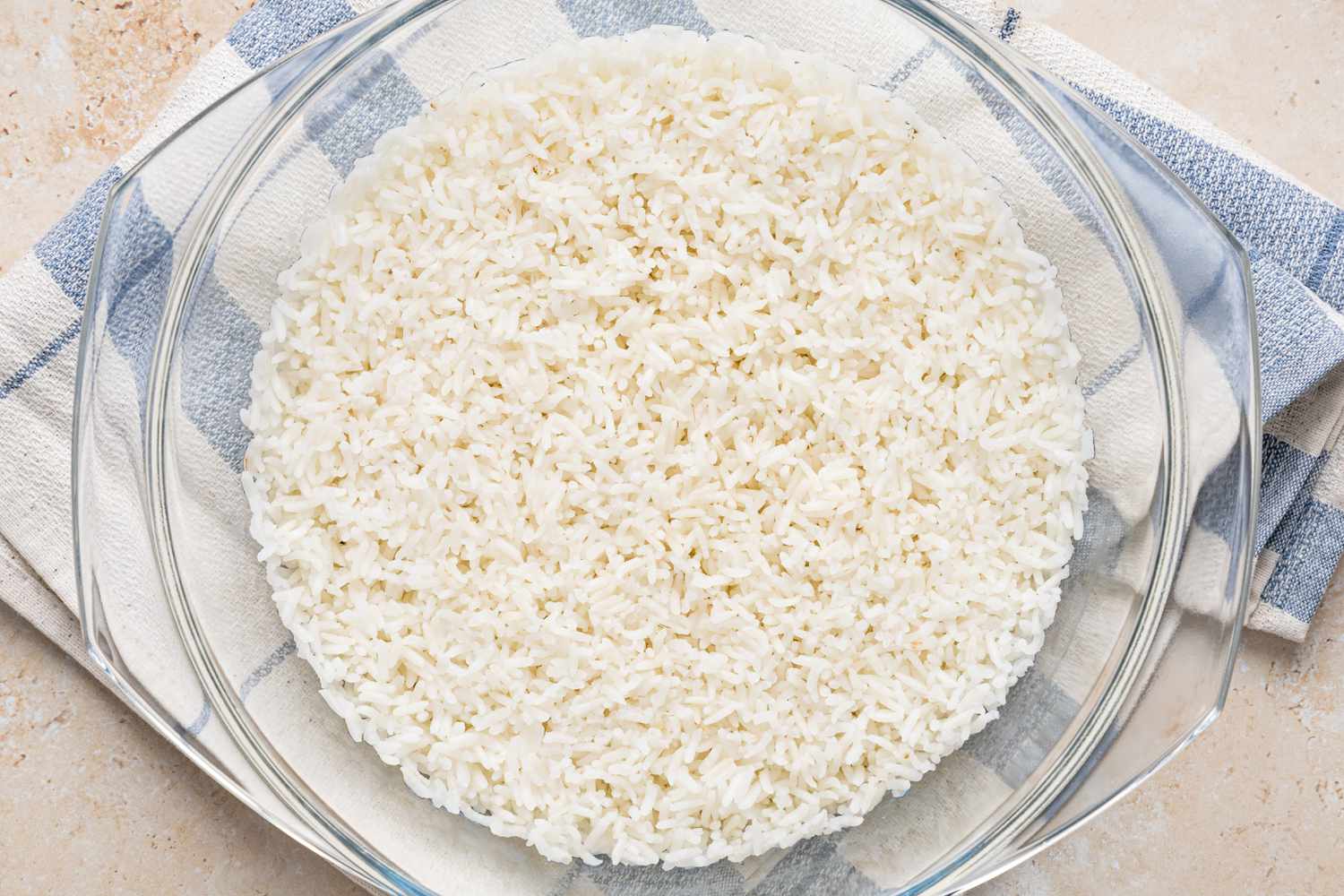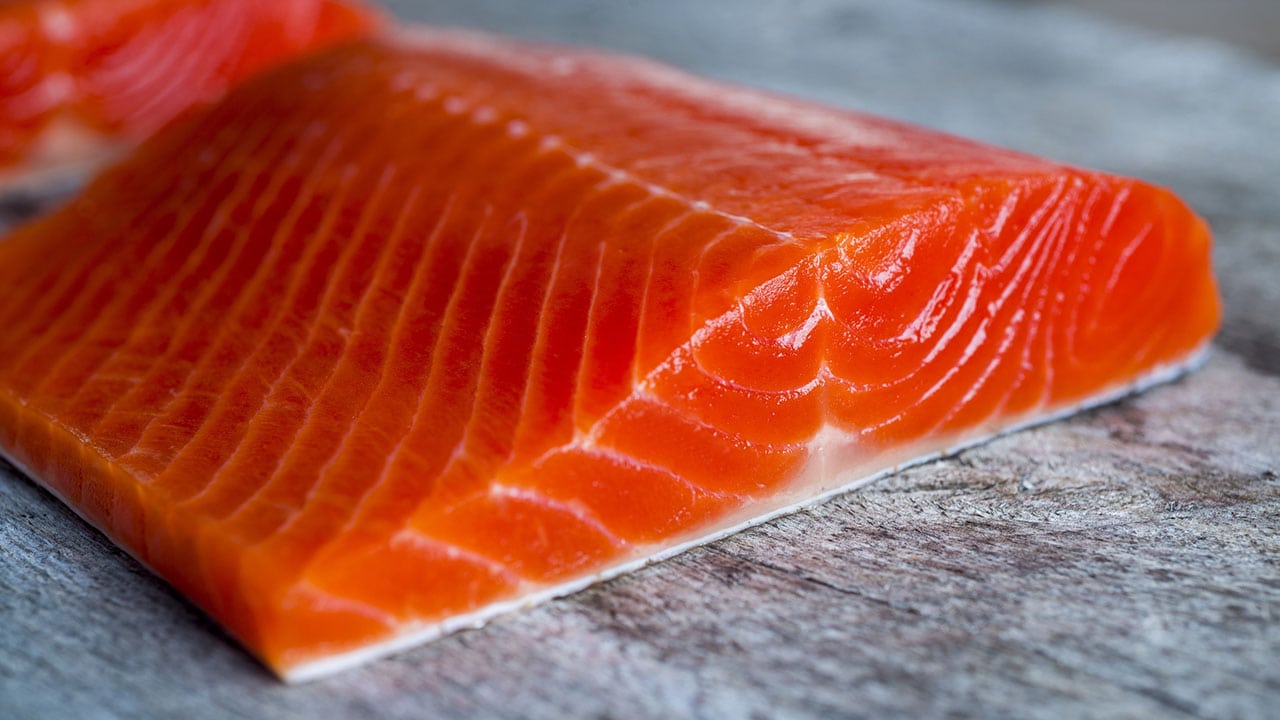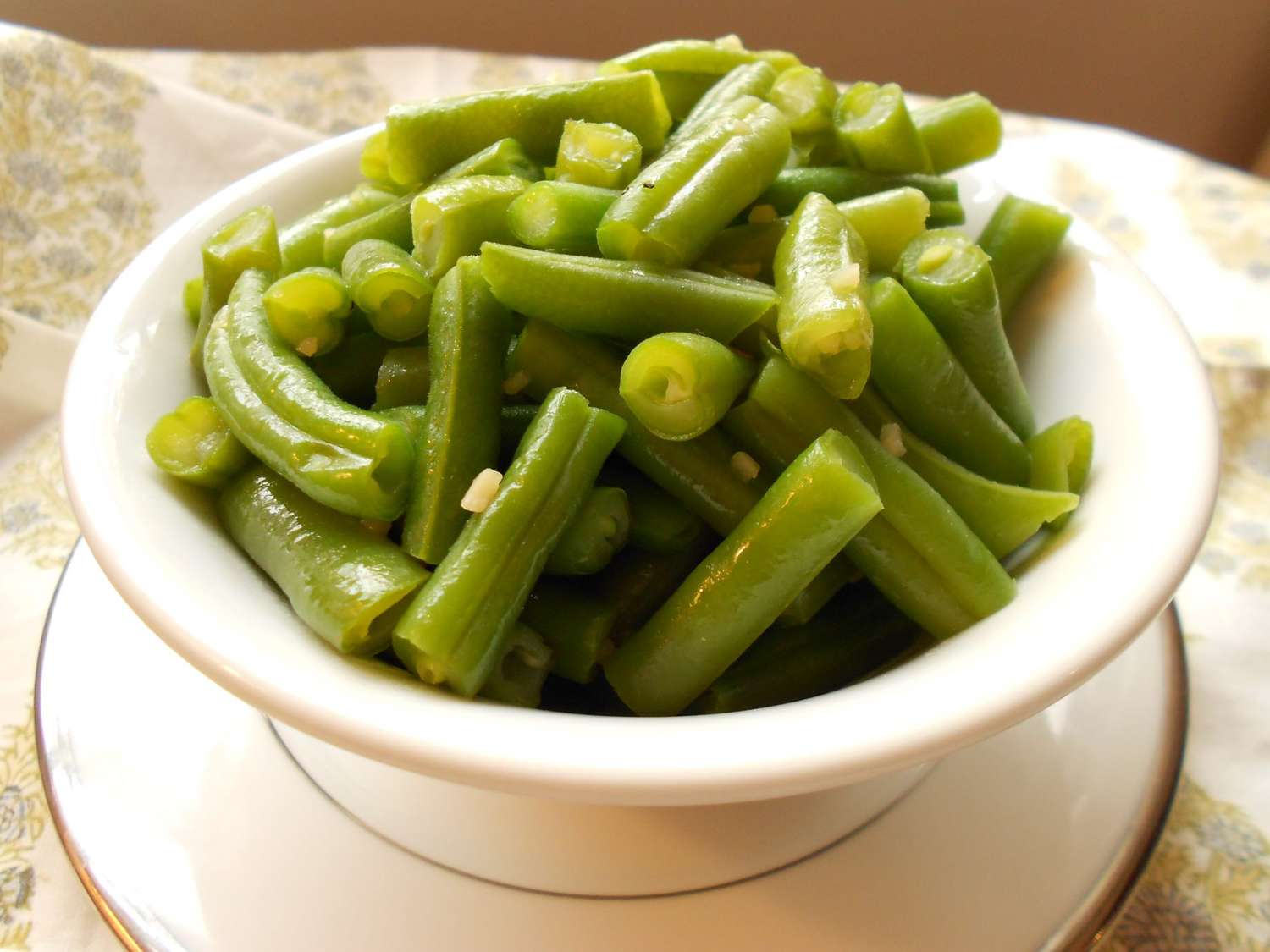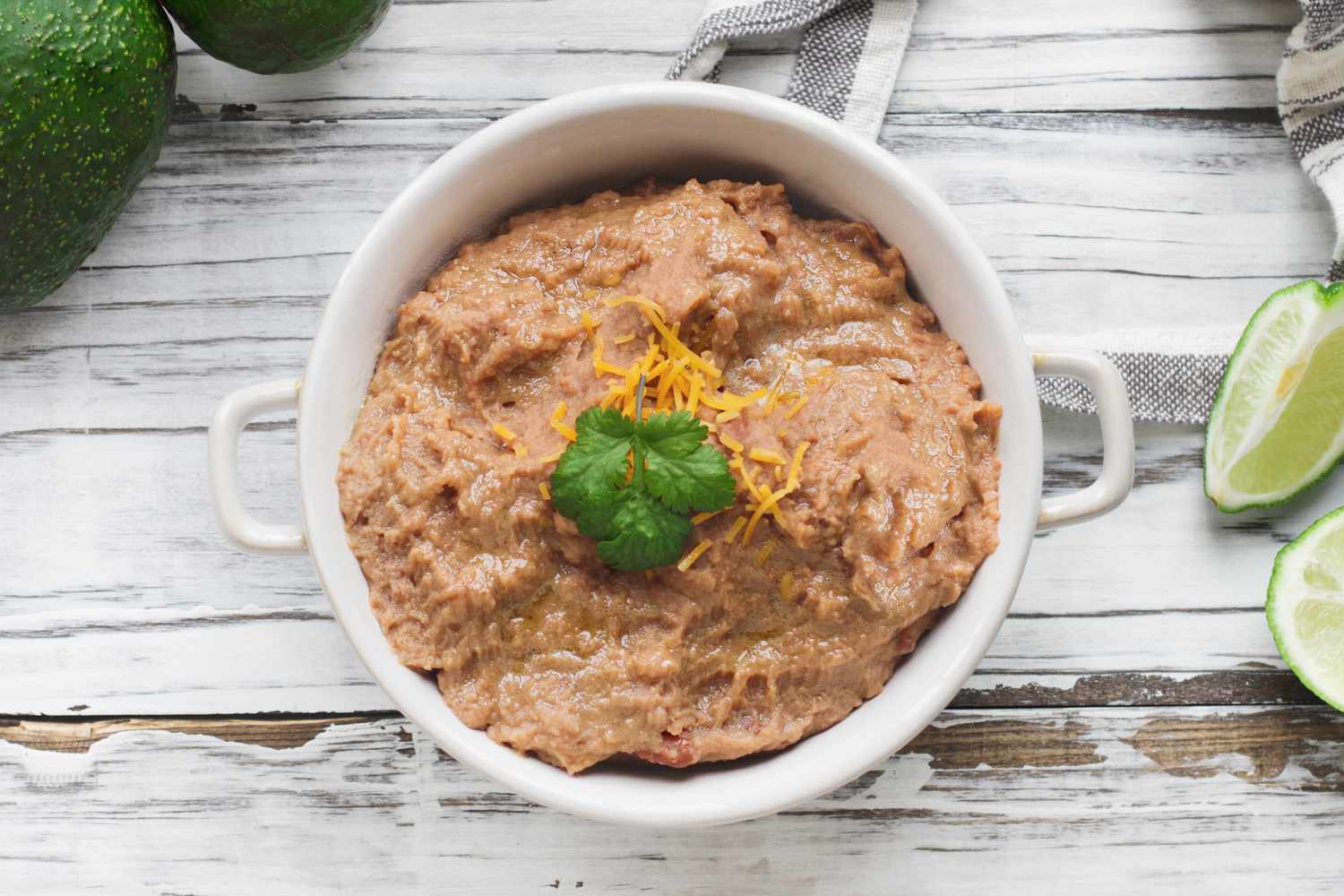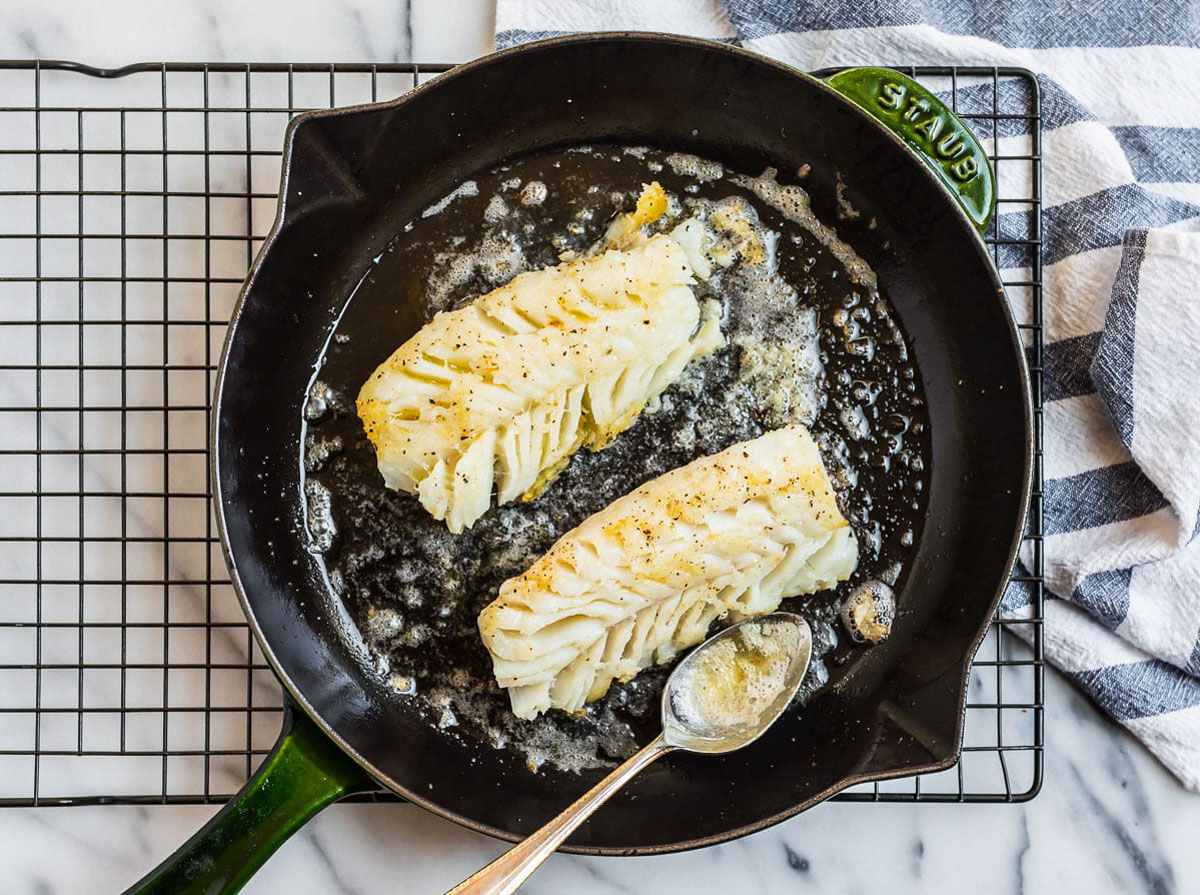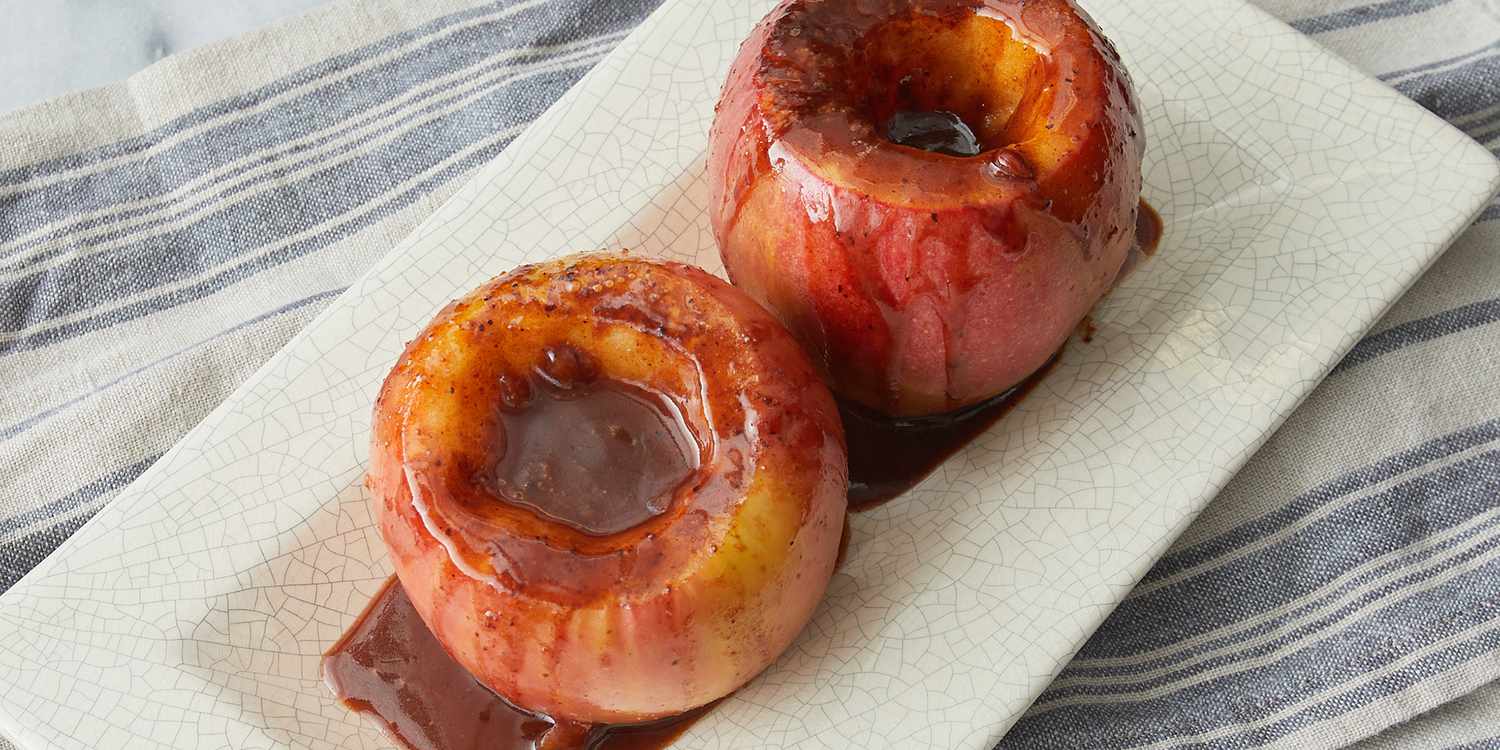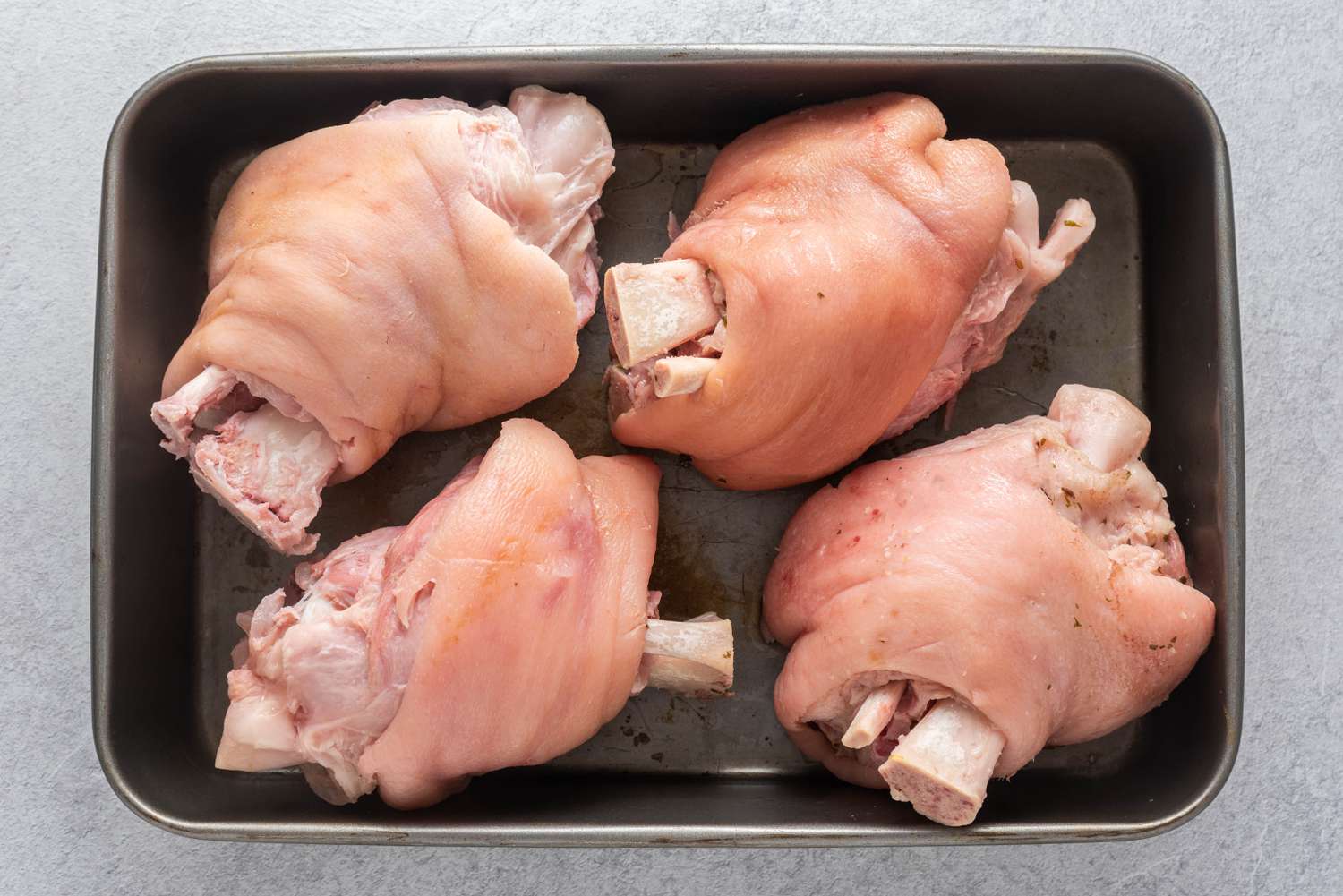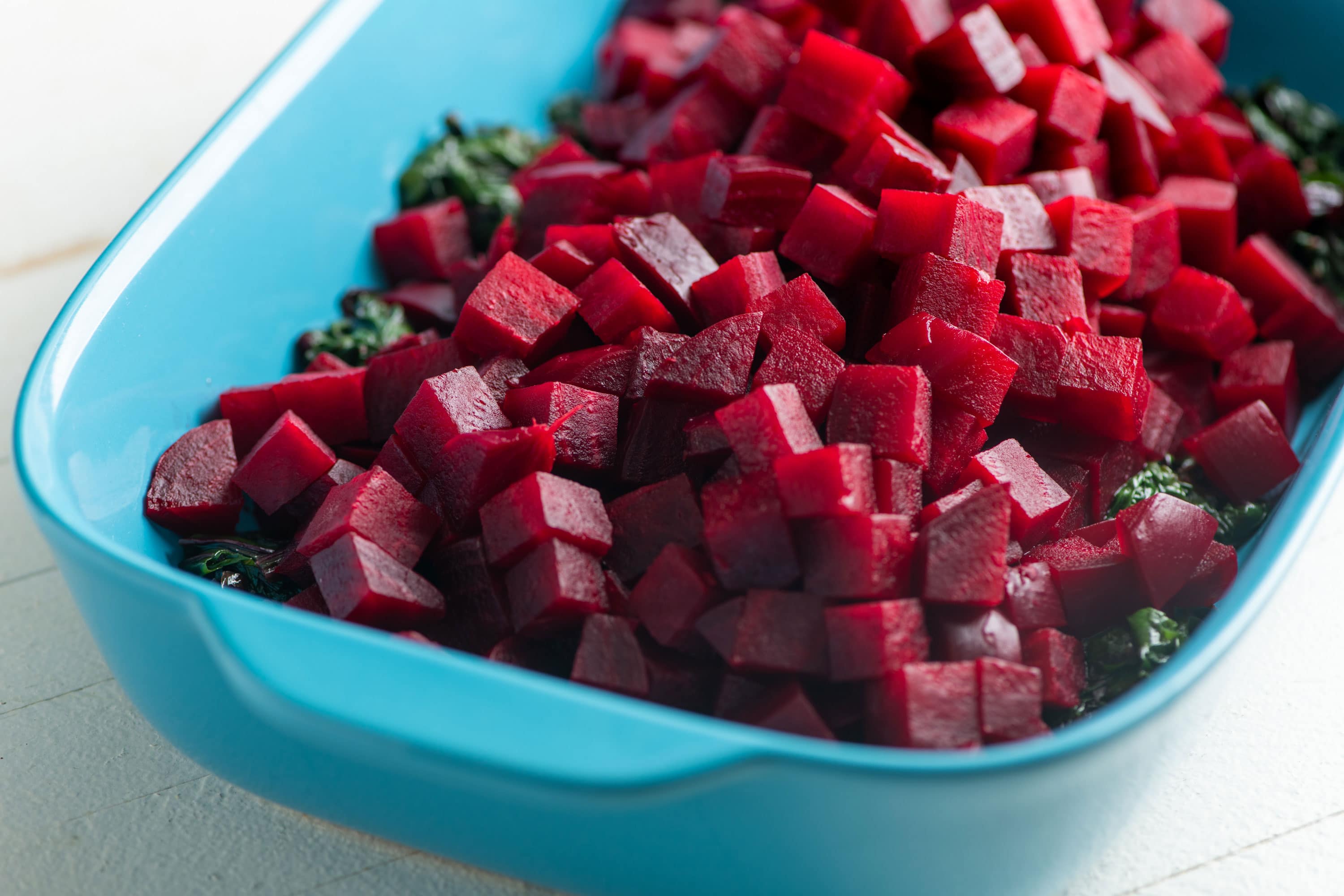Boiled Eggs Made Easy: A Foolproof Guide to Perfectly Cooked and Easy-to-Peel Eggs
Boiled eggs are a staple breakfast item, perfect for a quick and nutritious start to your day. But, all too often, peeling those eggs can become a frustrating task, leaving you with a mess of broken shells and a less-than-ideal breakfast experience. But fear not! We’re here to share our foolproof guide to cooking easy peel boiled eggs that will save you time and deliver perfectly cooked eggs every single time.
Step 1: Selecting the Perfect Eggs
Start by selecting fresh eggs. Older eggs tend to have a higher pH level, causing the whites to stick to the shell. To determine if an egg is fresh, place it in a bowl of water. If it sinks to the bottom and lays flat, it’s fresh! If it stands on one end or floats, it’s best to discard it.
Step 2: Preparing the Eggs
Place your selected eggs in a single layer at the bottom of a saucepan. Add enough water to cover the eggs with about an inch of water. This will ensure that the eggs cook evenly and retain their shape.
Step 3: Bringing the Water to a Boil
Place the saucepan on the stovetop over high heat until the water comes to a rolling boil. As soon as you see consistent, rapid bubbles, reduce the heat to a gentle simmer.
Step 4: Timing is Everything
Cooking times may vary depending on your desired consistency. For soft-boiled eggs with a runny yolk, cook for approximately 4-5 minutes. For medium-boiled eggs with a slightly gooey center, cook for around 7-8 minutes. And for hard-boiled eggs with a fully set yolk, let them simmer for about 9-12 minutes.
Step 5: The Cold Water Bath
Once the desired cooking time is reached, carefully transfer the eggs to a bowl filled with cold water and ice. The cold water bath stops the cooking process and helps the eggs shrink slightly from the shell, making them easier to peel.
Step 6: Cracking and Peeling
Gently tap each egg on a hard surface to create cracks all around the shell. Roll the egg between your palms to further loosen the shell. Begin peeling from the wide end of the egg, where the air pocket is located, as it provides an easy entry point for peeling. Running the eggs under cold water as you peel can also help facilitate the process.
Step 7: Enjoying Your Perfectly Cooked Eggs
Now that you’ve successfully mastered the art of cooking easy peel boiled eggs, it’s time to enjoy them! Serve your eggs on toast, as a protein-packed salad topping, or simply season them with a pinch of salt and pepper for a quick and satisfying snack.
- Slice them in half and make deviled eggs for a crowd-pleasing appetizer.
- Chop them up and add them to your favorite salad for an extra protein boost.
- Create a tasty egg salad sandwich by mashing boiled eggs with mayonnaise, mustard, and your choice of seasonings.
- Use hard-boiled eggs to make a delicious and protein-rich topping for your bowl of ramen or noodle soup.
- Make a classic eggs Benedict for a fancy brunch at home by topping poached eggs with hollandaise sauce.
Remember, practice makes perfect. Don’t be discouraged if your first attempts don’t yield the desired results. Follow these steps, experiment with cooking times, and soon enough, you’ll be cooking easy peel boiled eggs like a pro!
Was this page helpful?
Read Next: How To Cook Rice Paper Spring Rolls
